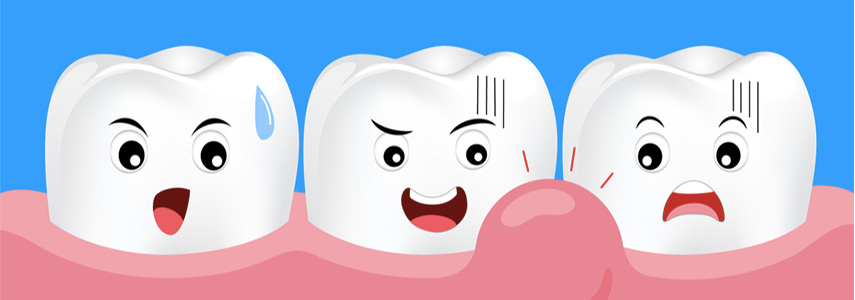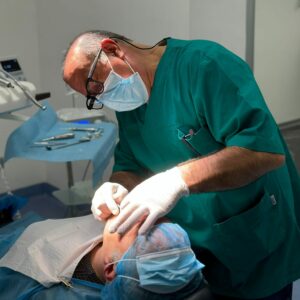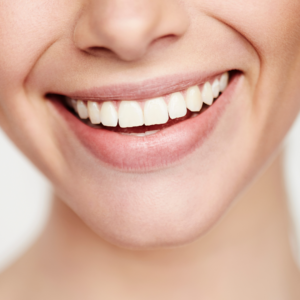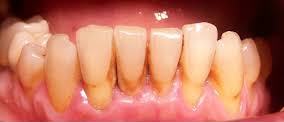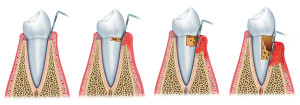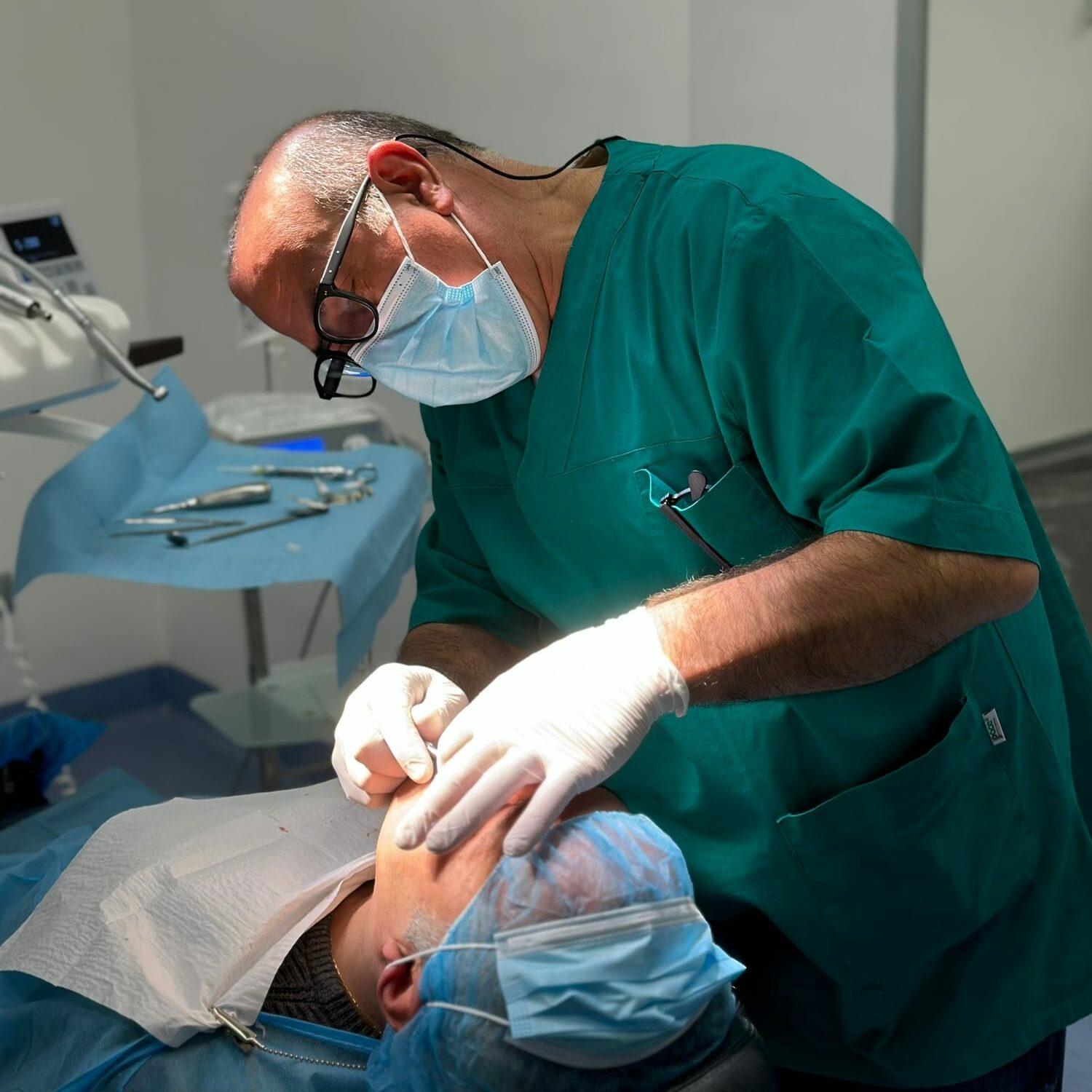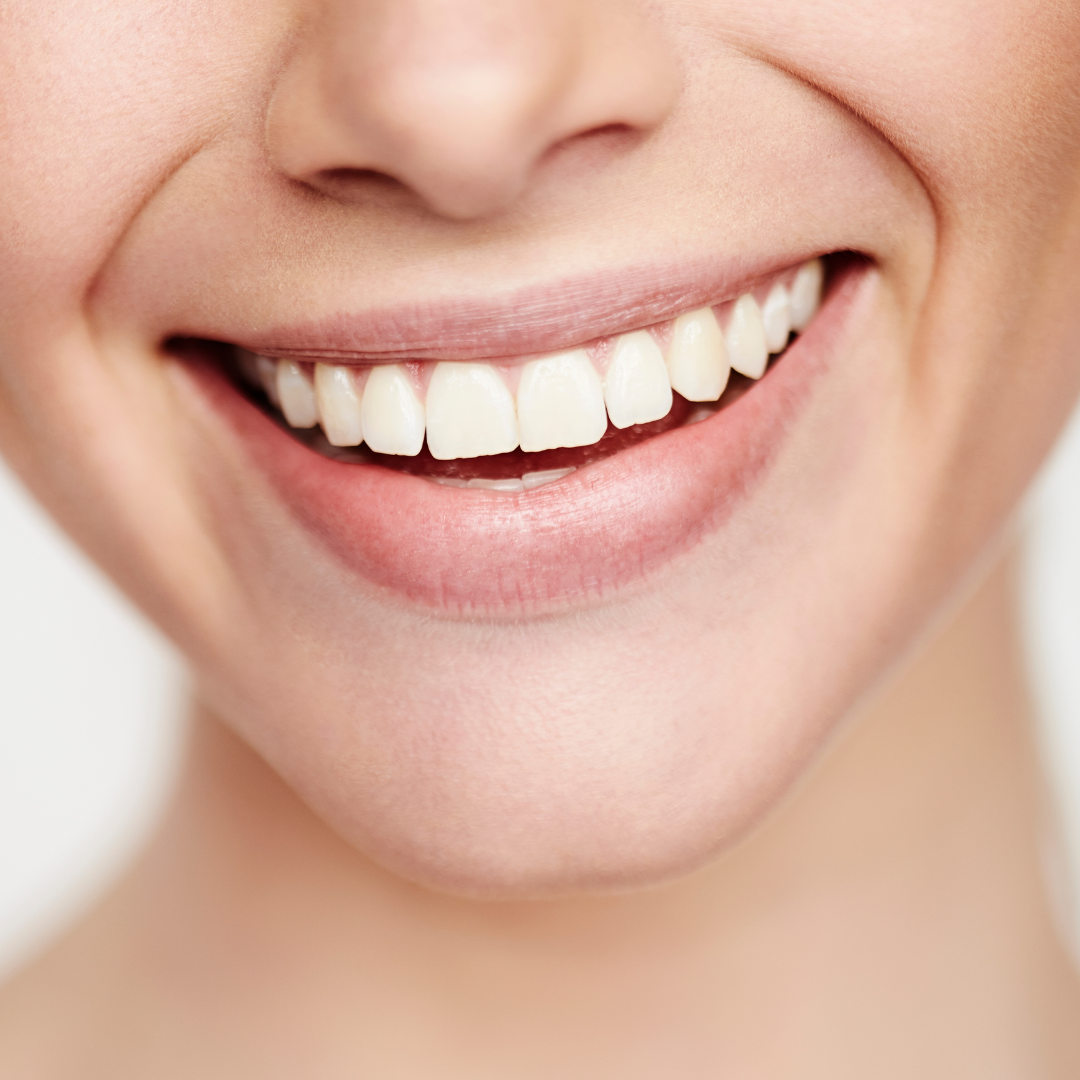Gingival fistula is an asymptomatic pathology, it is a lesion of the gingiva due to an oral cavity infection.
What causes the appearance of a gingival fistula
At its appearance the gingival fistula is a localized lesion of the gingiva, but if it is not treated with specific therapies it can extend to neighboring tissues and also affect the teeth, endangering the stability of the same.
The causes that determine the appearance of a gingival fistula are the same ones that, more generally, cause the onset of oral infections, namely:
- neglected oral hygiene;
- very low immune defenses;
- alcohol or smoking abuse.
Neglected oral hygiene
At the base of all oral infections there is a high concentration of bacteria in the mouth. A condition often due to the presence of bacterial plaque and tartar.
When one begins to neglect oral hygiene, the health of the mouth begins to deteriorate precipitously. Bacterial plaque quickly becomes tartar and attacks teeth and gums causing infections and lesions, such as the gingival fistula.
Low immune defenses
Another condition that sees the organism particularly exposed to the proliferation of bacteria in the oral cavity is the lowering of the immune defenses. The gingival fistula, in these cases, is the consequence of a weakened body that undergoes the attack of bacteria.
Smoke and alcohol
Smoke and alcohol, on the other hand, significantly affect the saliva pH, bringing it to an acid value. An acid ph exposes the mouth to multiple risks, including that of the gingival fistula.
How to heal the gum fistula
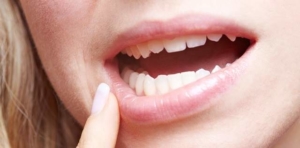 Gingival fistula, if neglected, can lead to complications such as abscesses or dental fistulas. If in the first phase of its appearance does not present any symptoms, the aggravation of the pathology could result in acute pain in the area affected by the infection.
Gingival fistula, if neglected, can lead to complications such as abscesses or dental fistulas. If in the first phase of its appearance does not present any symptoms, the aggravation of the pathology could result in acute pain in the area affected by the infection.
In the case of this specific pathology it is very difficult, indeed impossible, to make a self-diagnosis. Consulting with a proven dentist is the first step towards complete recovery.
The dentist will provide to drain the infected liquid present in the gingival lesion, in this way it will be possible to prevent the infection from spreading to the surrounding tissues and teeth.
However, since it is an infection it is necessary to associate an antibiotic therapy.
If the gum infection has already affected the tooth, the dentist will probably have to proceed with the devitalization of the tooth, to clean it of infection.
One of the most effective practices to prevent gingival fistula and oral infections in general, is to undergo a deep oral hygiene session twice a year.
This should be associated in any case with a healthy lifestyle and the care to monitor, with regular checkups, one’s oral health.




